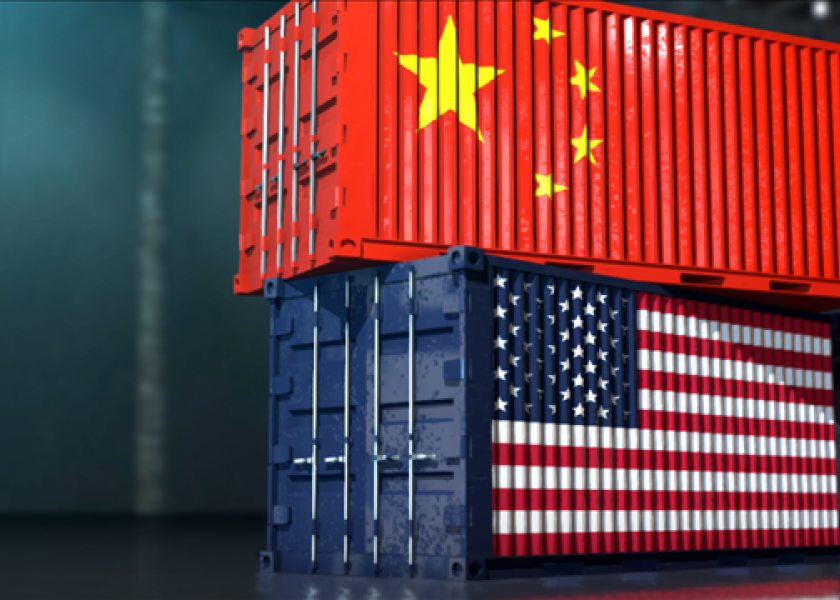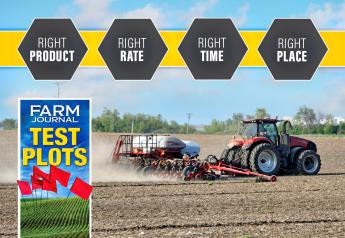US Importers Carried the Burden of Chinese Tariffs Placed by President Trump

U.S. importers bore almost the entire burden of tariffs that former President Donald Trump placed on more than $300 billion in Chinese goods during his presidency, raising costs for American companies, said a report by the independent U.S. International Trade Commission (ITC), a bipartisan entity that analyzes trade issues.
ITC found an almost one-to-one increase in the price of U.S. imports following the Section 301 tariffs, it said in a report on Wednesday. The study came in response to a directive from Congress as part of a law passed last year.
Some of the report’s findings:
- Prices for imports from China across some of the most affected industries — including imports of computer equipment, semiconductors, furniture and audio and video equipment — increased as much as 25% in 2021.
- In the same year, prices of U.S.-produced goods in some industries rose 3% to 4%.
- Imports of the affected products from China declined to about $265 billion in 2021 from $311 billion in 2017, the year before the duties were imposed.
- Across all affected sectors, the duties lowered Chinese imports by 13% during 2018 to 2021, raised U.S. output by 0.4% and increased prices of U.S. products by 0.2%.
Tariff Bottom Line
The conclusions back assertions from many that the cost of the tariffs hurt American firms, and contradict Trump’s claim that China paid the ultimate cost of the duties.
The ITC’s commissioners weren’t all on the same page about the report, with Jason E. Kearns saying it painted an incomplete picture.
So, why are the tariffs still on?
President Joe Biden’s administration has kept the tariffs on imports of Chinese goods in place for more than two years and is currently undertaking a review of the duties to evaluate their effectiveness and decide if they should continue.
“It’s hardly news that tariffs are a tax paid by American families and companies, or that tariffs produce some winners and many losers across the US economy,” said John Murphy, senior vice president for international policy at the US Chamber of Commerce. “What’s most frustrating is that the administration has provided almost no opening for tariff relief — even in instances where tariffs are clearly forcing U.S. manufacturing offshore. It’s long past time to revisit these policies,” he said.
USTR Counters
“The administration is determining next steps on the section 301 tariffs and will take these relevant, but incomplete, findings into account,” said Adam Hodge, a spokesman for the USTR. “Our ongoing review will examine the effectiveness of the section 301 tariffs in addressing China’s unfair, harmful and anti-competitive acts, policies, and practices, as well as the impact on the US economy, including consumers.”







